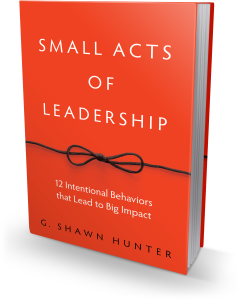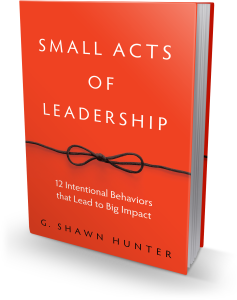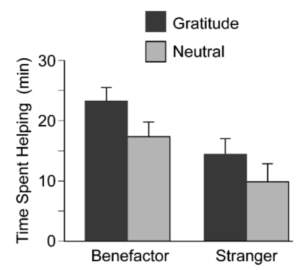You Are More Influential Than You Think
Hello there! I have a new-newsletter I’m publishing over at LinkedIn. It’s about how we show up, interact with people, and make a difference every day with small changes. I will post it here on my site, but you can also subscribe over here to receive it on LinkedIn. Enjoy!
Most of us walk through our daily lives thinking no one really pays attention to us. At the sandwich shop, standing in the grocery checkout line, attending the same weekly meeting, or watching the middle school soccer game, we often think we don’t have much influence over people and circumstances. Sometimes we even think we’re invisible.
Yet simply being present and sharing an event, a meal, a checkout line, or a meeting – even if you don’t say anything – will deepen the experience for everyone and make it more memorable.
Showing up can change the outcome of events, influence how other people think, and even change the way you think.
When two violins are placed in a roomif a chord on one violin is struckthe other violin will sound that same note.Know how powerful you are.Know you can make music in the peoplearound you, simply by playing your own strings.– Andrea Gibson
The truth is that people are paying attention to you more than you are aware of. But the other strange truth is that people aren’t paying attention to what you think they’re paying attention to. If you are having a bad hair day, wearing the wrong shoes, or worried about your complexion, that’s not what other people are noticing at all. Other people don’t really care about the t-shirt you decided to wear or the zit on your forehead. At least not in the way you think the t-shirt is ridiculous and the zit is enormous.
Studies show that when you are watching a movie with someone else, attending a high school sports event, or just sitting in a meeting with other people, your mere presence with others intensifies the experience and makes it more memorable for everyone.
The reason is that when you show up, others will tune their messages and ideas to you to reflect what they think you want to hear, or try to influence you. When you attend that weekly team meeting, your boss is tuning her message to the group taking into account that you are there and listening. In this way your mere presence is affecting the outcome of the dialogue and events to come. Your presence is affecting what other people say.
We also tend to underestimate how much other people will ruminate on conversations and interactions other people have with us. When we leave a meeting, or a conversation, we often think about the friend, the boss, the colleague that we just met – what they said, how they made us feel, who they are – but we don’t often think that they are likely doing the same thing.
Meanwhile, they are reflecting on their conversation with us. This is something called the thought-gap bias. We tend to underestimate how much others are thinking about us after we leave an interaction. We think about them, but we don’t consider they are doing the same thing.
It happened to me just this morning. I was walking my dog in the forest and bumped into my friend Dominique. We started talking about this idea, and the notion that we have more influence than we believe. She told me a story of walking into a Goodwill store and discovering a beautiful, lightly-used set of Calloway golf clubs that would be perfect for her son. She chatted with the clerk, asked about her day, and then inquired how much for the golf clubs? The clerk said, “How about six dollars for the set?”
Dominique was stunned. The golf clubs were worth hundreds of dollars. She asked, “Why would you let them go so cheaply?” The clerk said, “Because you are the first person today to be nice to me.”
You have more influence that you think. Use your superpowers for good.
- ____________________________________________________

My book Small Acts of Leadership, is a Washington Post bestseller! You can grab a copy now.



 Our company
Our company